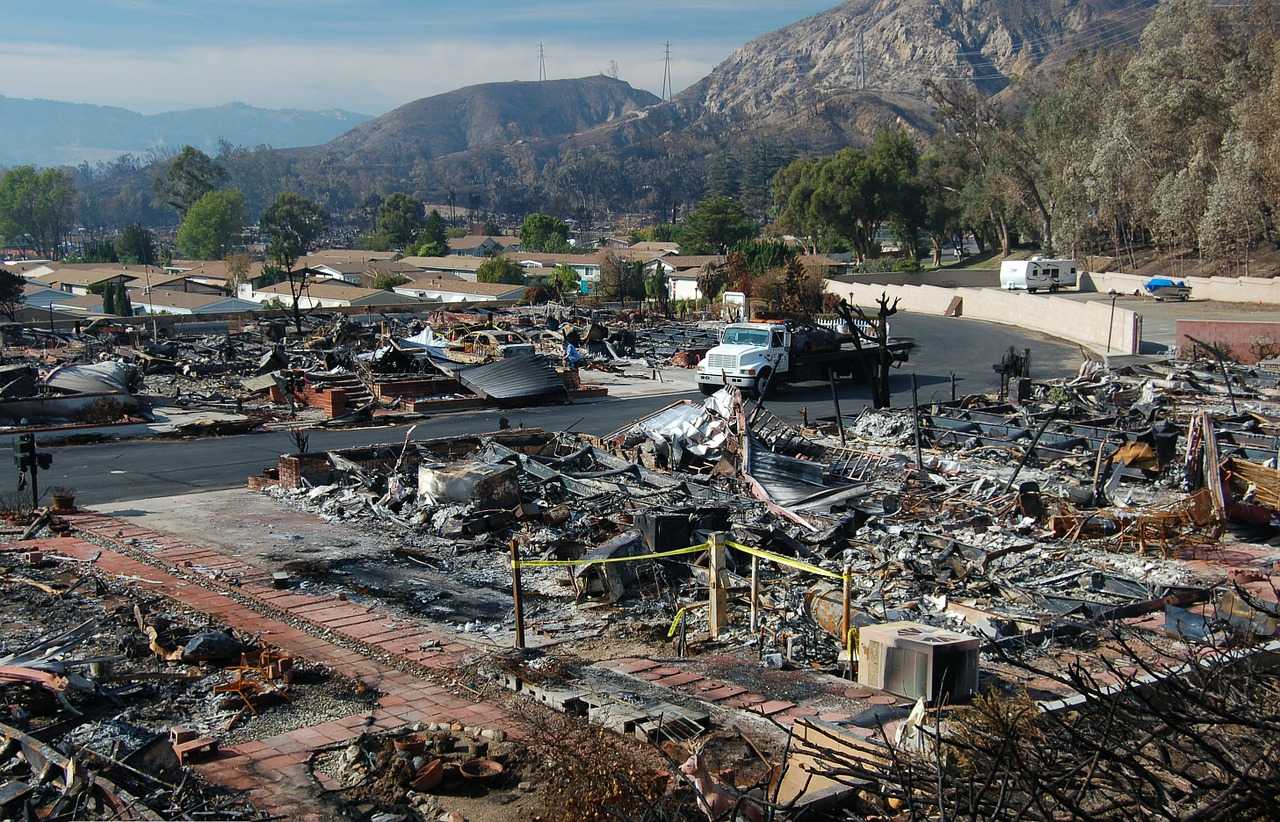
Cleanup Tips on Fire and Water Damage
It can be overwhelming to see your house in a devastating condition after a disaster. You may feel that you are not up to the task of cleaning up the house after seeing the damages. Some damages are easy to tackle on your own while others need to be handled by professional emergency cleanup contractors.
Cleaning Up a Water Damage
Cleaning up water damage requires you to wear the proper clothing and gear since you will be facing a variety of hazards. You and the people who are helping in the clean-up should wear long pants and a long-sleeved shirt, boot, and work gloves. Besides, you also need to equip yourself with cleaning supplies like buckets, water pump, detergent, bleach, mops, sponges, and heavy-duty trash bags.
Now, you need to wade into the water in the house and open all the windows. This will allow the air to circulate so that you have fresher air to breathe while working. You are to take a heavy-duty trash bag and start picking up the small items that can be salvaged. You and others can help to move out the furniture that is not yet damaged for drying outside. This is ideally done within 24 hours. Most of the time, mattresses and upholstered furniture will be contaminated and discarded away.
Next, you can start the submersible pump to remove the water. A submersible pump is connected to a garden hose. The larger hose can pump out the water faster. Since it runs on electricity, you will need to get a heavy-duty extension cord and generator. You need to loop the pump to the ceiling joist with a nylon rope and then lower it to the bottom. You can increase the speed of water removal by running two or more pumps at one time. The pumps can be purchased or rented from the local hardware store. The submersible pump is for removing a large amount of water.
If only a small area is flooded, you can use a wet/dry vacuum to pump out the water. Wet/dry vacuum pump the water into a 4 – 5 gallons tank. You have to carry the tank and dump the water when it is full. This is why it can be exhausting to use it for removing a large amount of water. Anything porous including drywall, insulation, and carpet that is saturated with water should be replaced. A dehumidifier is best used for drying the house.
Cleaning Up a Fire and Smoke Damage
When you enter a fire damaged house, the first precaution to practice is to avoid touching or handling anything. Most of the surfaces that come in contact with fire will be black and touching any of these spots will leave black stains. If you have a shop, you can use it to vacuum up the soot. However, you need to be careful as the soot will fly around when you are vacuuming.
Soot stains that are on your wall and other surfaces can be removed by using a special type of cleaner. The windows should be opened to allow the smoke odors to escape outside. Hard surfaces can be washed with soapy water. Everything that you plan to reuse should be thoroughly cleaned. This includes your clothes, bedding, curtains, dishes, and furniture. Perishable food, food in an open container, and cosmetics should be thrown away since they have already been contaminated.
Your electronic items will likely be damaged after exposure to the smoke. Even though they seem to be functioning, they will function less optimally as a result of the smoke damage. Often, the windows and doors will be damaged as a result of the water from the firefighter. When cleaning up smoke damage, you want to wear an n95 or p-100 mask to protect yourself. Breathing in the ashes and soot can increase your risk of getting cancer so it is a must to wear the mask.





